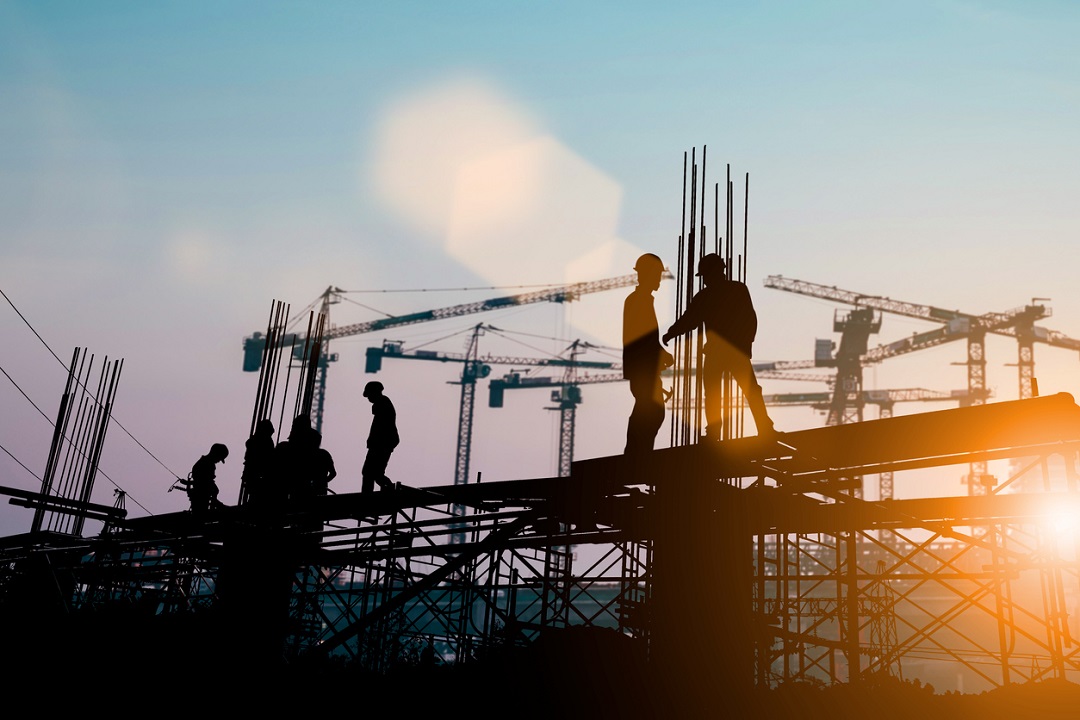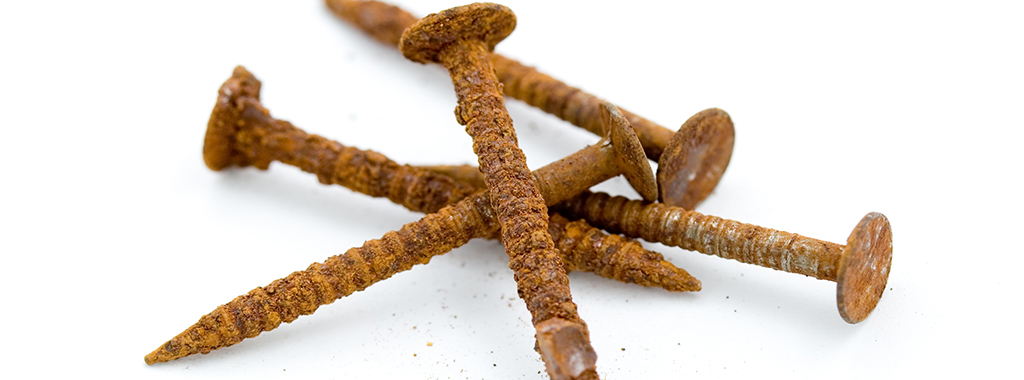Cross-laminated timber (CLT) is changing the way urban builders scrape the sky.
From London to Tokyo, the race is on to build the tallest wood-framed skyscraper in the world. Prized for its workability, low cost and visual aesthetics, wood was widely used by urban builders until the early 20th century, when fires triggered by the 1906 San Francisco Earthquake leveled the largely stick-built city. Until recently, the other knock on wood was a vertical one, in that stick-framed buildings generally top out at five stories, owing to the accumulation of dead and live loads in excess of the allowable loads for lumber.
Continue reading “Cross-Laminated Timber Takes Wood Construction to Greater Heights Than Ever Before”






